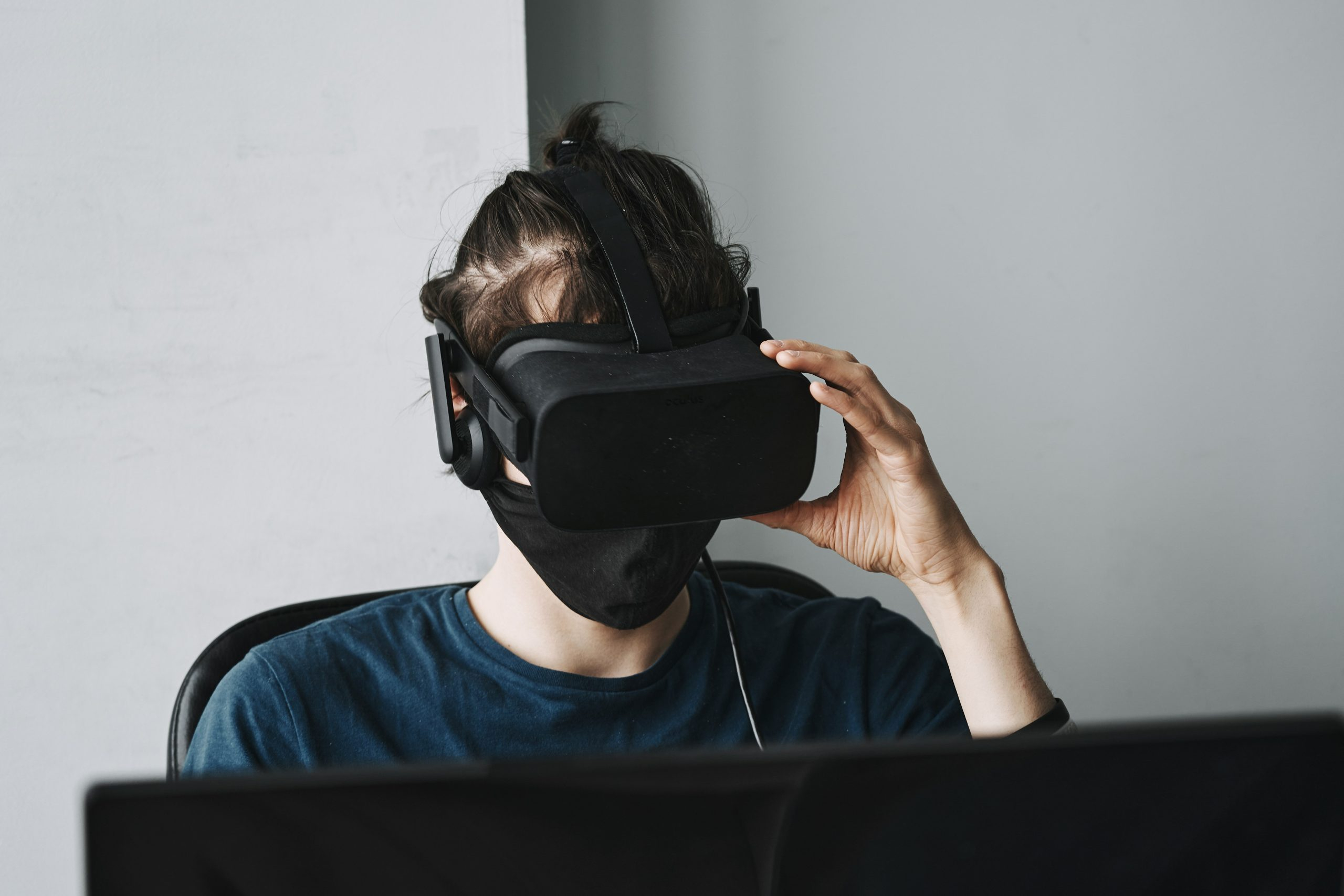AI Valuations: Machine Learning Outpaces Appraiser Accuracy
The use of artificial intelligence (AI) in various industries has been on the rise in recent years, with its extraordinary capabilities greatly impacting the way businesses operate. Real estate appraisals, in particular, have been significantly affected by this technological advancement. With AI-powered valuations quickly gaining popularity, many are questioning the accuracy of traditional appraisals conducted by human appraisers. In this article, we will delve into the world of AI valuations and explore how machine learning has outpaced appraiser accuracy.
The Rise of AI Valuations
Traditionally, real estate appraisals have been carried out by licensed appraisers who physically visit the property, analyze market data, and apply their expertise to determine its value. However, this process is not only time-consuming but also prone to human error and subjectivity. With the advent of AI technology and machine learning algorithms, real estate valuations can now be conducted more efficiently and accurately.
How AI Valuations Work
AI valuations use complex algorithms to analyze large amounts of data such as property records, market trends, and comparable sales to estimate a property’s value. These algorithms are continuously learning and improving, making their predictions more accurate over time. They also eliminate the subjectivity and potential bias that are inherent in human appraisals.
Additionally, AI valuations can be conducted remotely, without the need for physical inspections, making the process faster and more convenient for both appraisers and property owners. This can be particularly useful in areas where properties are widely dispersed or in times of limited mobility, such as during a pandemic.
The Accuracy of AI Valuations vs. Human Appraisals
Despite the many benefits of AI valuations, there are still skeptics who question their accuracy. However, recent studies have shown that machine learning algorithms have outperformed human appraisers in terms of accuracy.
A study conducted by the National Association of Realtors found that AI valuations were within 5% of the actual sales price 62% of the time, while human appraisals were within the same range only 50% of the time. Furthermore, the study showed that even when human appraisals were within 5% of the actual sales price, they were often overvaluing the property, leading to potential issues with financing and insurance.
This does not necessarily mean that AI valuations are always more accurate than human appraisals. There are certain factors, such as the condition of the property and the uniqueness of the location, that may require human expertise and judgment. However, as AI technology continues to evolve and improve, it is likely that the gap in accuracy between human appraisals and AI valuations will continue to widen.
The Future of Real Estate Valuations
With the undeniable benefits and increasing accuracy of AI valuations, it is safe to assume that they will become the standard in the real estate industry in the near future. This is evident in the significant investments being made by companies in AI-powered valuation platforms. For example, Zillow recently acquired AI-powered appraisal firm, ShowingTime, for $500 million, and Redfin has been heavily investing in AI technology to improve their home valuations.
AI valuations are also valuable for property owners who are looking to sell their homes. By using an AI valuation tool, homeowners can get a better understanding of their property’s value, allowing them to set a more accurate listing price and potentially attract more buyers.
Conclusion
There is no doubt that AI valuations have outpaced human appraisals in terms of accuracy and efficiency. With its continuous learning capabilities, AI technology will only continue to improve, making real estate valuations more accurate and convenient for all parties involved. As we move towards a more technologically advanced world, it is essential for appraisers and real estate professionals to embrace and adapt to these changes to stay competitive in the industry.











